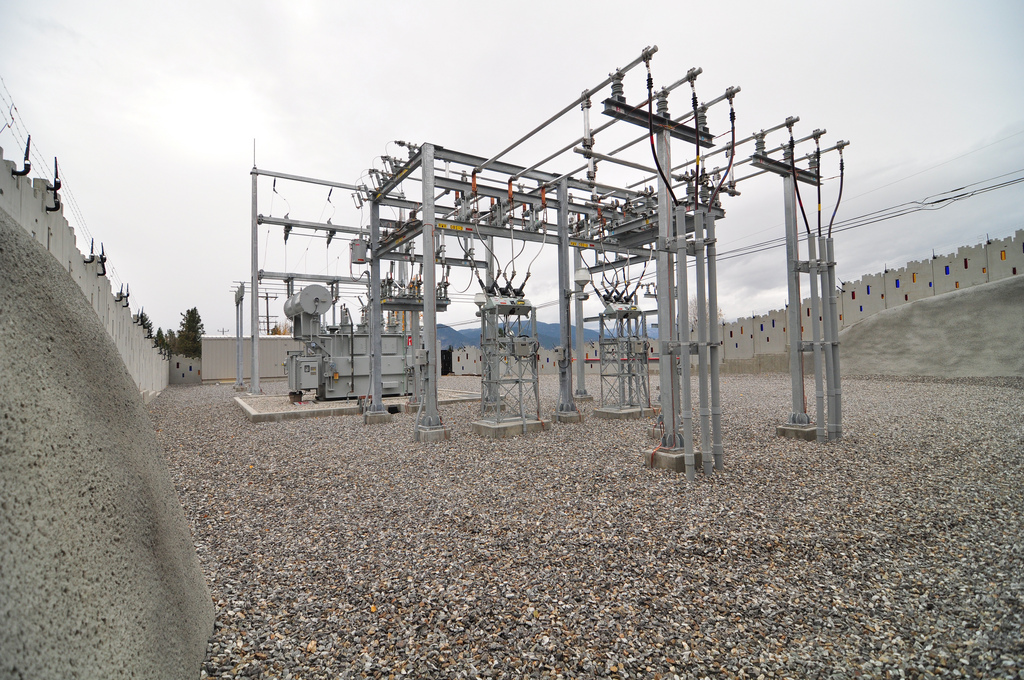Jubatus is pleased to provide the following tips from our partner LIOS:
Real time condition monitoring has become a valued tool for thermal assessment and accurate rating of transmission and distribution assets. However, the use of fibre optics as sensors for distributed temperature sensing (DTS) utilises more complex technology. Before installing a DTS system, consider the following:
1. Selecting the Right Fibre
For measurement ranges of up to 18 km the GI 50/125 multimode fibre typically provides the best distributed temperature measurement performance and allows deployments of less expensive multimode DTS systems. For longer ranges of more than 20 km single mode fibres compliant to ITU-T G.652.C or D enable distributed temperature sensing for a range of applications – even subsea cables.
2. Long Term Performing Fibre
Multimode fibres are available in varying qualities. Besides attenuation limits the bandwidth has to be specified to > 500 or even >1000 MHz*km @ 1300 nm as it’s important to record measurements with good spatial resolution from a range of distances. In order to ensure a long service life, phosphorous free cables are recommended. A securely embedded fibre within the high voltage power cable in form a FIMT – fibre in metal tube – prevents damage in the course of cable laying and delivers superior temperature information due to its proximity to the conductor.
3. Spatial Resolution at Remote Distances
The spatial resolution along the entire fibre length should be 1.5 m or greater. Spatial resolution is depleted with distance, in some DTS technologies the actual spatial resolution at the most remote distance is indicated.
4. 24/7 Operation
DTS equipment is powered directly by secure substation DC supply, so even critical moments during mains outages are monitored. DTS systems can operate independently from other PC based software; Windows operating systems, however, can be used for data visualisation purposes. Equipment based on Windows operating systems drop statistically to MTBF ratings in less than 12 months.
5. Direct Link to SCADA
Condition monitoring data is available at real time, so the DTS is capable of sending measurements and derived events directly to an operator’s SCADA or overall management system using protocols meeting substation standards based on IEC or DNP.
6. Reliable DTS Equipment with Proven Track Record
Reliability and substantial lifespan are essential for significant infrastructure investments such as condition monitoring systems. DTS laser diodes and other key components can be tested according to the Telecordia standard GR-468 (or similar) with medium lifetimes >25 years. The mean-time-between-failures (MTBF) rating of DTS systems should be greater than 25 years and based on a proven supply record. Manufactures with ISO 9001 and ISO 14001 certification are recommended.
7. Preference for Single End
Recognised from early DTS systems, clients still request double ended (or loop) fibre set up. However, current DTS systems are capable of reading temperature and spatial resolution with single ended fibres even at fast cycle times. The single ended measurement makes a more economic use of the DTS (longer range coverage, less channels occupied) and is the recommended operation mode for typical power cable monitoring installations.
8. Ampacity Predictions by RTTR
Real Time Thermal Rating (RTTR) provides accuracy checks on the DTS measurement. The cable sheath temperature measured by the DTS gives an estimate of the temperature of conductor, but unless an accurate model of the conductor is provided there will be minor inaccuracies. Sophisticated RTTR systems monitor critical transient operations and steady state in line with the requirements of IEC 60853, providing precise ampacity predictions.
9. The Software Speaks Your Language
DTS operation software should be user friendly and available in the language of the operator. This helps to prevent misunderstandings and encourages more staff to use the system.
10. More than Temperature
Real time thermal assessment of the T & D grid is a powerful tool that allows accurate rating and ensures save and stable grid operation. By adding other real time diagnostics (i.e. partial discharge), failure uncertainty is reduced and maintenance procedures can be optimised. Aim for an integrated condition monitoring solution.
Click here to contact Jubatus.




